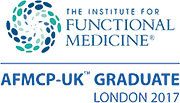Make Menopause Matter - A functional approach to supporting menopausal symptoms
Oct 18, 2021
Posted by: Monique Parker
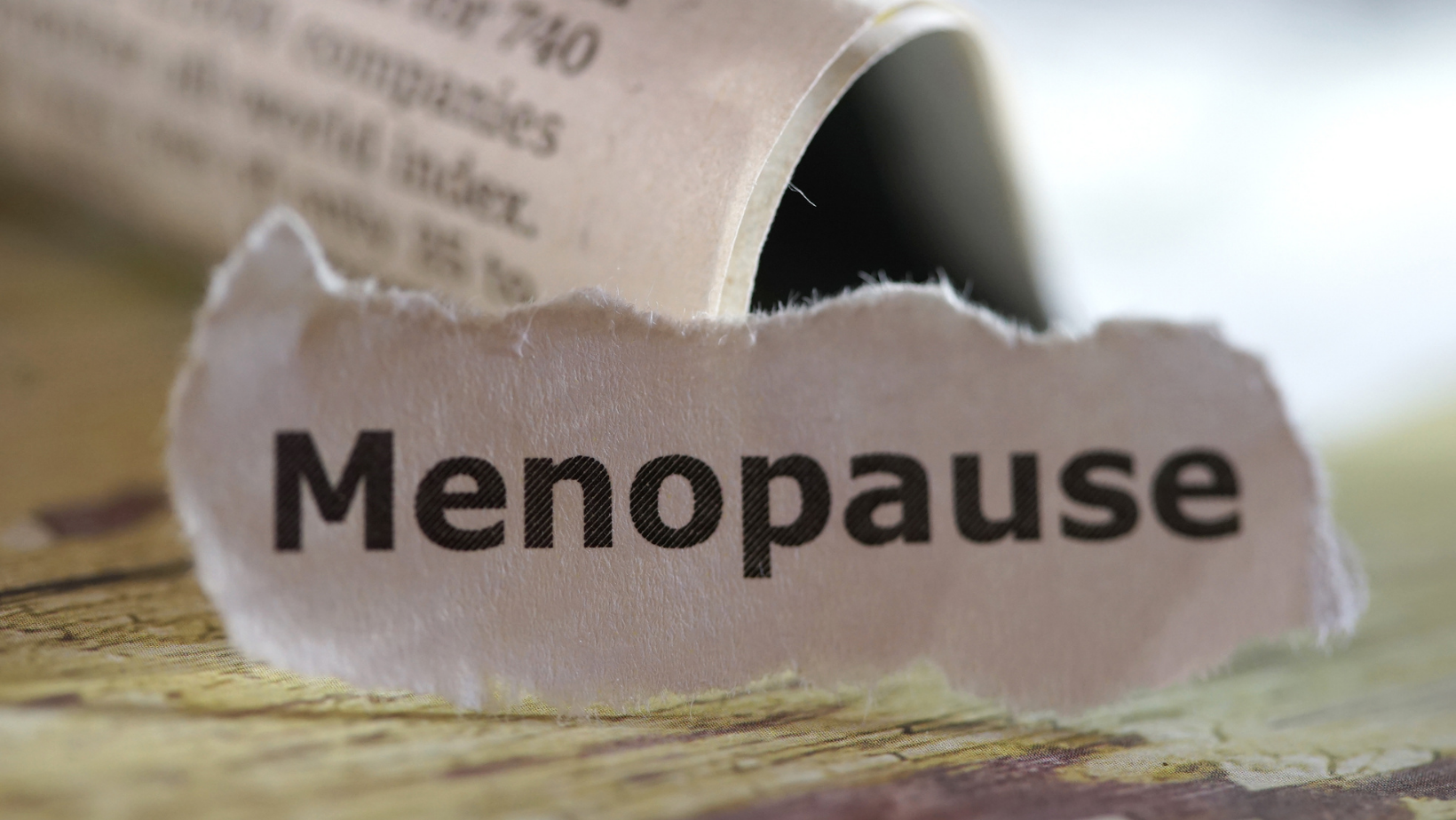
Most mothers tell their young daughters about the menstrual cycle and how to deal with it. Although it is still quite a shock when it comes, at least you’re more or less prepared.
But who was told about the menopause? What do you know about it, other than some horror stories from other women who have reached that time in their life?
For ages the menopause, which is a natural phenomenon (unless surgically induced) has been described as a disease, which has given many people negative assumptions about this period in their life. As recent as fifty years ago, an American doctor, David Reuben, wrote in his book Everything You Always Wanted to Know About Sex, ‘as estrogen is shut off, a woman becomes as close as she can to being a man……they have outlived their usefulness as human beings’.[i] Pretty shocking, don’t you think. Especially given the fact that there are plenty of women who are over fifty, who look great, have a healthy sex life, are very content, are still contributing to society and are definitely not ‘written off’.
The menopause still has quite a bad image, but given that it is a natural part of the female life cycle, shouldn’t we embrace it and educate ourselves on what is actually happening during, what some people call, the Big M?
To start with, there is a lot of confusion about the difference between being pre-menopausal, peri-menopausal, menopausal or post-menopausal.

Pre-menopause is the period when you still have periods and although you might have some hormonal changes, they may not be noticeable yet.
Peri-menopause is the period when you still have periods but start to experience menopausal symptoms such as hot flushes, mood swings or changes in your menstrual cycle. This period of transition can last as long as 10 years. It usually starts in your 40s but sometimes earlier.
Menopause starts officially once you haven’t had a period for 12 months. The day after your last period marks the menopause. In the UK the average age for a woman to start the menopause is 51 years.
Post-menopause is referring to the years after the menopause, starting 12 months after your last period, when symptoms start to cease. It is a bit confusing but look at menopause as a moment in time and post-menopause as the period after that.
What happens during the menopause (including peri-and post-menopause)?
During the years leading up to the menopause, the ovaries become more and more inefficient. Once they stop working completely, there won’t be any more eggs released and there won’t be any more shedding of the uterine lining: no more periods. While this is all happening, the balance of the sex hormones changes dramatically and becomes more and more erratic.
Unfortunately, there are cases where the ovaries stop working at a younger age (this could be as young as being in your 20s or 30s), leading to early menopause. This is called premature ovarian failure or primary ovarian insufficiency. Chemotherapy is one of the possible causes for this.
Surgery, i.e. hysterectomy with removal of the ovaries, will also cause early menopause.
Before the menopause, oestrogen is mainly produced by the ovaries, so when the ovaries become less efficient, the oestrogen levels start to fluctuate and eventually the ovaries stop making the hormone. Oestrogen is also produced by fat cells, so that’s why obese women, have more circulating oestrogen than skinny women.
Luckily, after the menopause, the body can still make small amounts of oestrogen by changing hormones called androgens into oestrogen. Androgens are produced in the ovaries, by the adrenal glands, which are located on top of the kidneys, and in fat cells.
Another hormone affected by the menopause is progesterone, the one that prepares the uterus lining for the fertilised egg and helps maintain early pregnancy, but it also protects nerve cells. Less progesterone production can cause your periods to be more irregular, heavier and last longer.
So, what are the symptoms of the menopause and what is causing them?
- Irregular periods
- Hot flushes and night sweats
- Poor sleep
- Headaches
- Poor concentration
- Poor memory
- Palpitations
- Anxiety
- Depression
- Joint and muscle aches
- Skin and/or hair changes
- Irritability
- Low self-esteem
- Urinary issues, i.e. urinary urgency
- Dry vagina
- Painful intercourse
- Low libido
It is true that most symptoms relate to fluctuating oestrogen levels[ii]
But why do some women sail through the transition and others are clearly suffering?
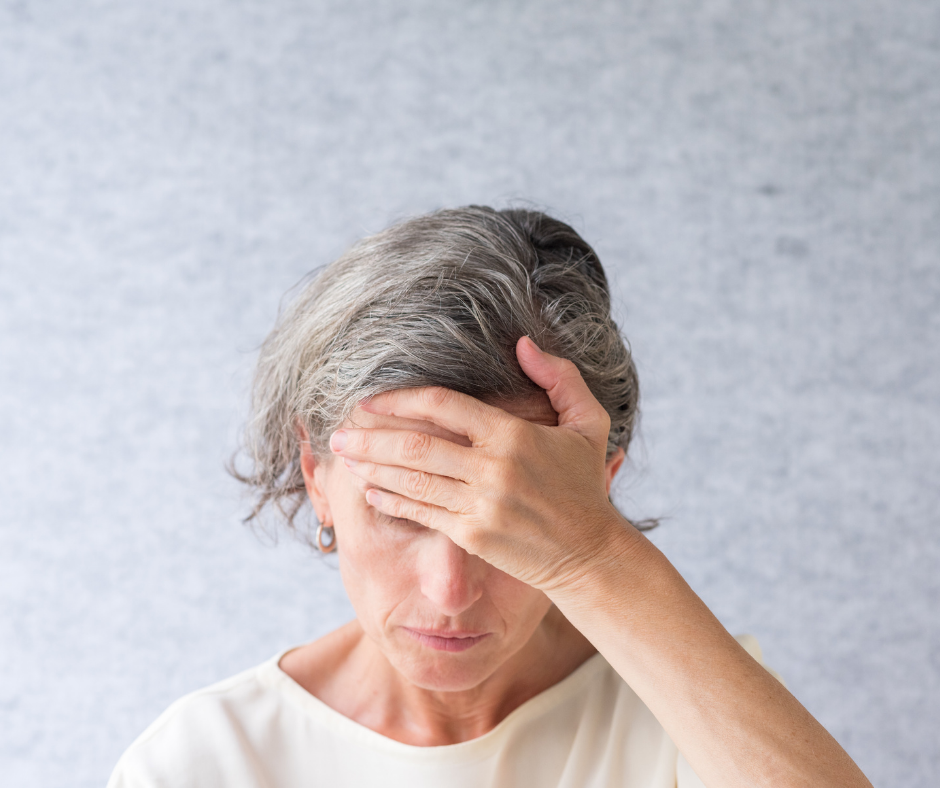
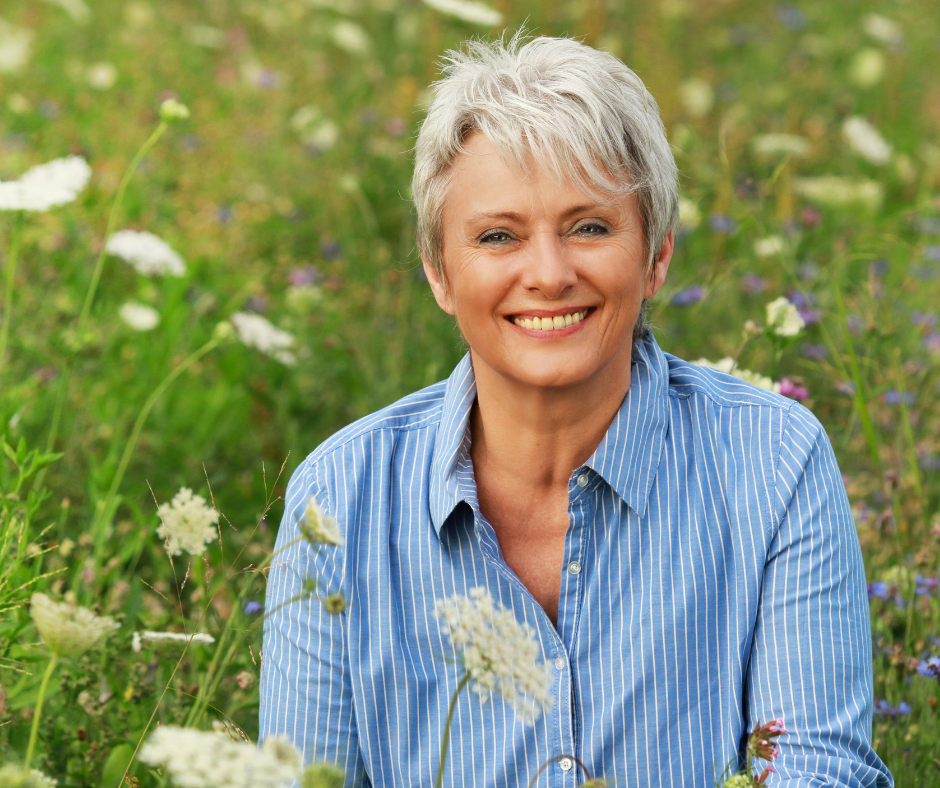
The above-mentioned symptoms cannot always be blamed on the menopause. Some are simply signs of ageing that happen to coincide with the menopause[iii].
We also shouldn’t forget that this phase in life can be quite stressful for many women. Children leaving home, the dreaded ‘empty nest syndrome’, caring for elderly parents or having to accept that you have entered a stage in life with substantial physiologic change[iv]. Stress like that can have quite an impact on health and vitality.
And then there is the thyroid.
Many symptoms that are experienced during menopause overlap symptoms of a thyroid that is not working properly. So, while you’re thinking you’re menopausal, it could actually be your thyroid that is causing the problems.
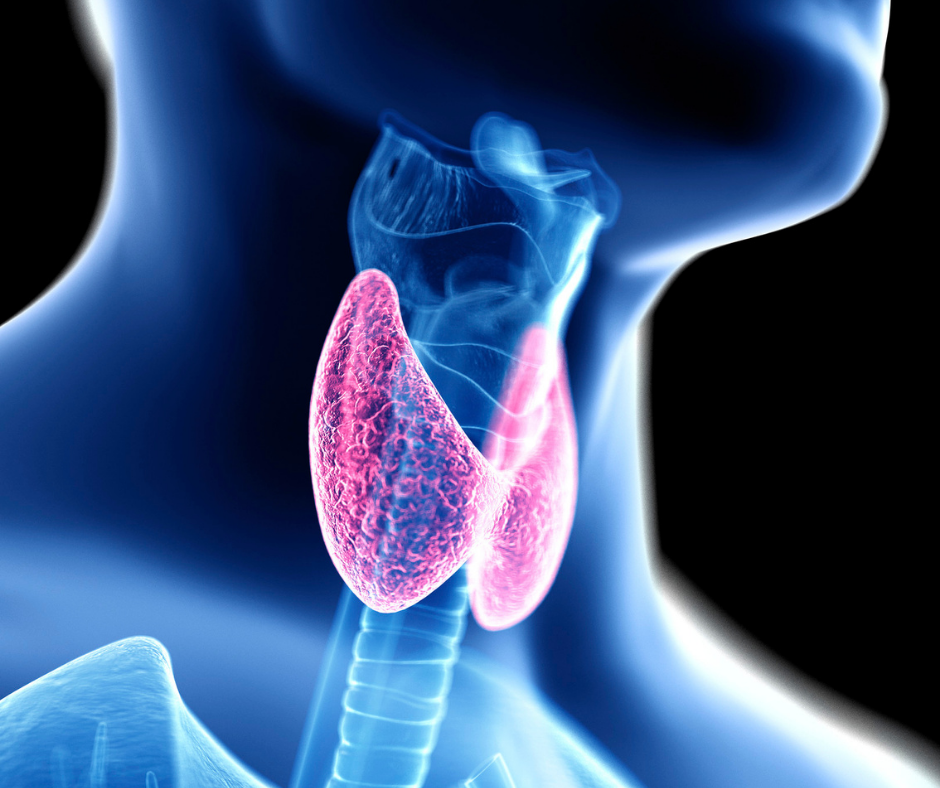
What’s interesting is that symptoms of the menopause are different in different parts of the world.
For example, in the West hot flushes are the most common, while in Japan it is shoulder pain. Age differs too. In the West women are usually older, compared to developing countries such as India, where the menopausal age is between 45-47 years[v]
It is complicated
Hormones are chemical messengers that travel throughout the body coordinating complex processes such as fertility, growth, and even brain chemistry. In good health, the body is a fine-tuned machine that is working well. A lot is going on, so things could go wrong. As soon as something goes wrong with this tuning, i.e. hormone levels drop, the problems start. When hormones become imbalanced, the symptoms start appearing, and as we are all unique, we all experience this differently.
Factors that contribute to menopausal symptoms[vi]:
Hormone imbalances:
decreasing levels of oestrogen
decreasing levels of progesterone
decreasing levels of testosterone
stress hormones like cortisol
thyroid hormones
Problems with how oestrogen is processed in the body, i.e. detoxification and elimination
Inflammation[vii] [viii]
Problems with blood sugar regulation (oestrogen and progesterone affect how your cells respond to insulin)[ix]
Is there anything women can do to help the transition go as smoothly as possible?
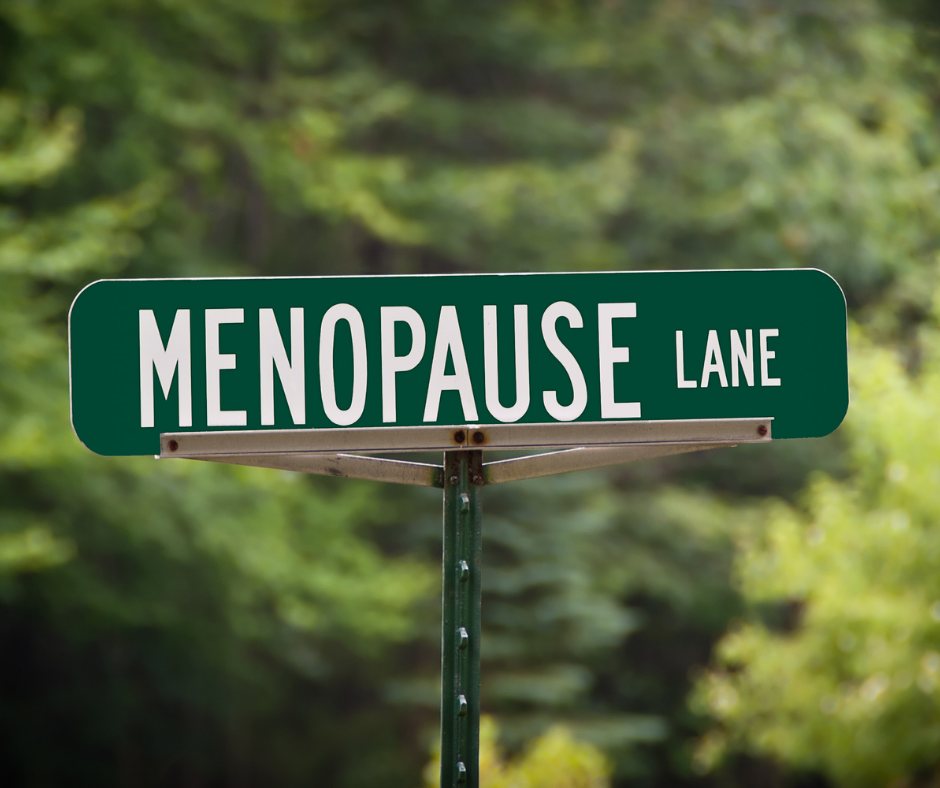
Absolutely! Let’s look at some factors that could disrupt hormone balance.
- Diet, nutritional deficiencies, food allergies and intolerances etc.
- Chronic stress
- Inflammation
- Being overweight or obese
- Toxins
- Infections
- Smoking
- Caffeine
- Alcohol
- Genetics
As you can see there is quite a variety of factors involved, too much to go into detail here.
From a nutritional and lifestyle point of view there are several steps a woman can take to support hormone imbalances.
A NUTRIENT-DENSE DIET

The body needs building blocks to produce hormones. These building blocks are provided in the form of nutrients from your diet. For example, good fats are needed to make sex hormones.
If your diet doesn’t provide enough building blocks, it will use the material that is available to produce stress hormones, as these are number 1 on the body’s priority list. This is because stress hormones are vital for survival. A colourful, nutrient-dense diet with good protein, fats, fibre, some complex carbohydrates, and plenty of vitamins, minerals and antioxidants will provide the right information for our bodies to function properly.
Research[x] has shown that what you eat could affect the age you will start your natural menopause. For instance, intake of oily fish was associated with a later age at menopause by about 3 years for each additional portion per day. Fresh legumes, i.e. green beans, vitamin b6 and zinc were linked with a later onset of natural menopause. However, refined pasta and rice were associated with an earlier age a natural menopause.
STRESS MANAGEMENT
Stress has a huge impact on hormone levels. 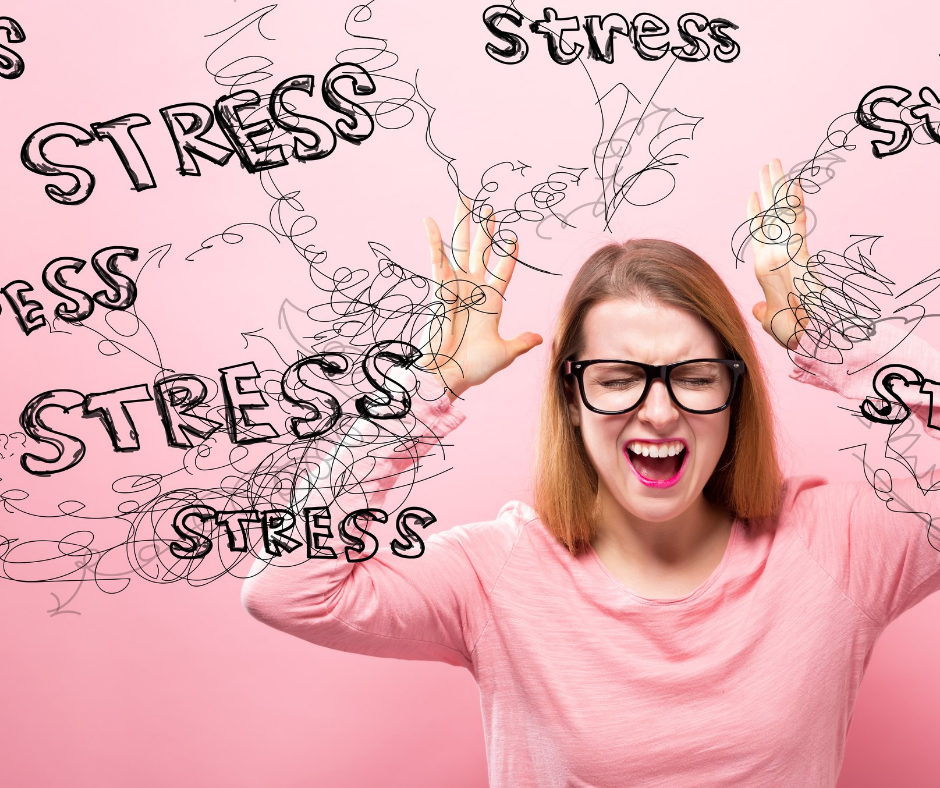
When you make a lot of the stress hormone cortisol, this will affect the production
of oestrogen and progesterone, as the body steals the prehormone pregnenolone
to make the extra cortisol instead of using it to produce sex hormones.
This is called the ‘cortisol steal’. All the more reason to manage stress, especially during menopause when oestrogen and progesterone levels are dipping anyway. How you manage stress is very personal. Some women benefit enormously from regular yoga sessions, others find stress relief in the gym, nature or at home
doing what they like best.
Physical stress such as obesity, blood sugar imbalance, gut dysbiosis and inflammation can all be supported with nutrition and supplements.
REDUCE INFLAMMATION
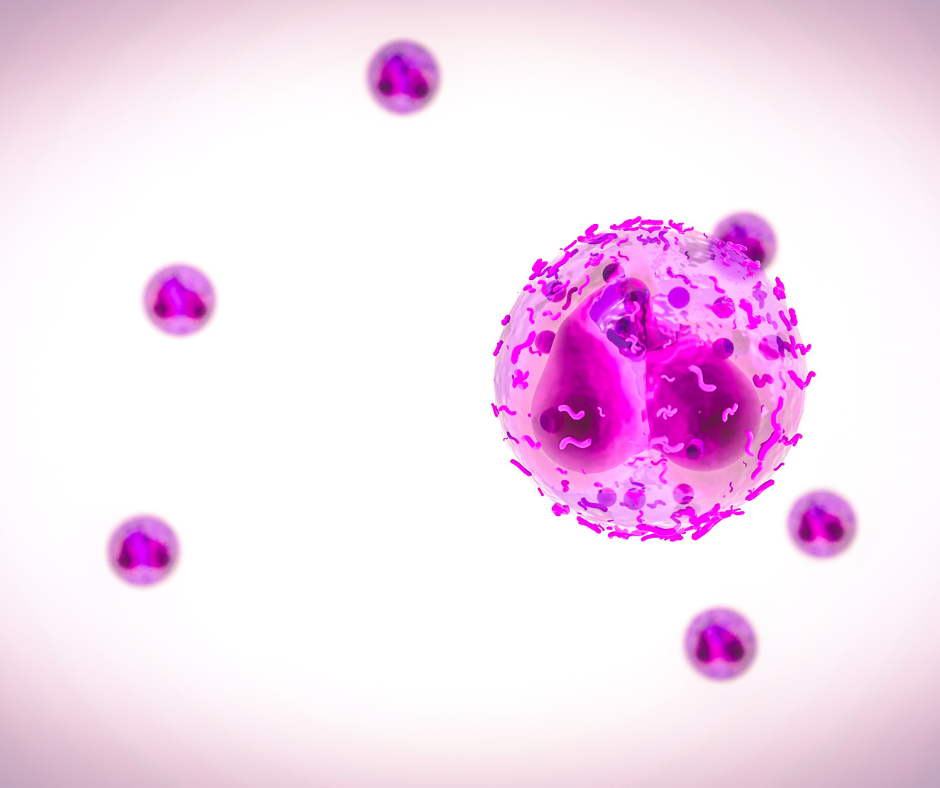
Oestrogen and progesterone seem to have an important, but complex effect on the body’s inflammatory response. Oestrogens can either increase or reduce inflammation, depending on a variety of factors, including the amount and composition of oestrogens, immune responses, which cells are becoming inflamed, the presence of other hormones, and the presence of hormone receptors. Studies in premenopausal women suggest a beneficial role for oestrogen in preventing inflammation in the blood vessels and resulting atherosclerosis[xi] [xii].
As obesity is associated with inflammation and chronic blood sugar imbalances have inflammatory effects, and they both can cause hormone imbalances. It is all connected…..
REDUCE TOXINS, ALCOHOL, CAFFEINE ETC.
Oestrogen goes through the bloodstream to where it needs to be, to do its job. Once it has done the job, oestrogen is converted in the liver through a complicated detoxification process and is then excreted through the gut and the kidneys.
If the oestrogen is not detoxified properly, it will reappear in the bloodstream in a more toxic form and recirculates. If this happens a lot there will be high levels of circulating oestrogen, which can cause serious problems such as hormone-related cancers.
The liver has to deal with toxins, alcohol, caffeine etc. during the detoxification process so it will be an extra burden, and oestrogen-clearance might suffer as a result.
There are also toxins that can disrupt hormone balance by mimicking hormones like oestrogen. They bind to the oestrogen receptors and block the ‘real’ oestrogen. These toxins are called endocrine disrupting chemicals and you can find in pharmaceuticals, plastic, pesticides etc.
A healthy liver, gut and kidneys are necessary for good detoxification, but also reduction of toxin exposure, alcohol and caffeine intake will be needed.
REFERENCES
[i] Foxcroft, L (2009). Hot Flushes, Cold Science. London: Granta. xviii.
[ii] Dalal, P. K., & Agarwal, M. (2015). Postmenopausal syndrome. Indian journal of psychiatry, 57 (Suppl 2), S222-32.https://www.ncbi.nlm.nih.gov/pmc/articles/PMC4539866/
[iii] Matthews KA, Crawford SL, Chae CU, et al. Are changes in cardiovascular disease risk factors in midlife women due to chronological aging or to the menopausal transition? J Am Coll Cardiol. 2009;54:2366–73.
https://www.ncbi.nlm.nih.gov/pmc/articles/PMC2856606/
[[iv] Karvonen-Gutierrez C and Ylitalo KR. Prevalence and correlates of disability in a late middle-aged population of women. J Aging Health. 2013;25(4):701–17. https://www.ncbi.nlm.nih.gov/pmc/articles/PMC4124609/
[v] Amarjeet Singh et al. A historical perspective on menopause and menopausal age (abstract). Bull Indian Inst Hist Med Hyderabad. 2002 Jul-Dec; 32(2): 121–135. https://www.ncbi.nlm.nih.gov/pubmed/15981376
[vi] Hays, B. (2010). Perimenopause, Menopause, and Women’s Health: The Dance of the Hormones, part II. In: Institute of Functional Medicine Textbook of Functional Medicine. Washington: IFM. P622-626
[vii] Wellen, K and Hotamisligil, G. Inflammation, stress, and diabetes. Journal of Clinical Investigation 2005, 115 (5)
https://www.ncbi.nlm.nih.gov/pmc/articles/PMC1087185/pdf/JCI0525102.pdf
[viii] Chakrabarti, S et al. Estrogen is a Modulator of Vascular Inflammation. Life, 2008 (60) 6 P376-382
https://iubmb.onlinelibrary.wiley.com/doi/pdf/10.1002/iub.48
[ix] http://care.diabetesjournals.org/content/25/3/500.long
[x] Dunneram Y, Greenwood DC, Burley VJ, et al. J Epidemiol Community Health 2018;72:733–740. https://jech.bmj.com/content/jech/72/8/733.full.pdf
[xi]Hildreth, K. L., Kohrt, W. M., & Moreau, K. L. (2014). Oxidative stress contributes to large elastic arterial stiffening across the stages of the menopausal transition. Menopause (New York, N.Y.), 21(6), 624-32.
https://www.ncbi.nlm.nih.gov/pmc/articles/PMC4318646/
[xii] Da Silva, L, Panazzolo D et al. Low-dose estradiol and endothelial and inflammatory biomarkers in menopausal overweight/obese women. Climacteric 2016 (19) 4 P337-343 https://www.tandfonline.com/doi/full/10.1080/13697137.2016.1180676



